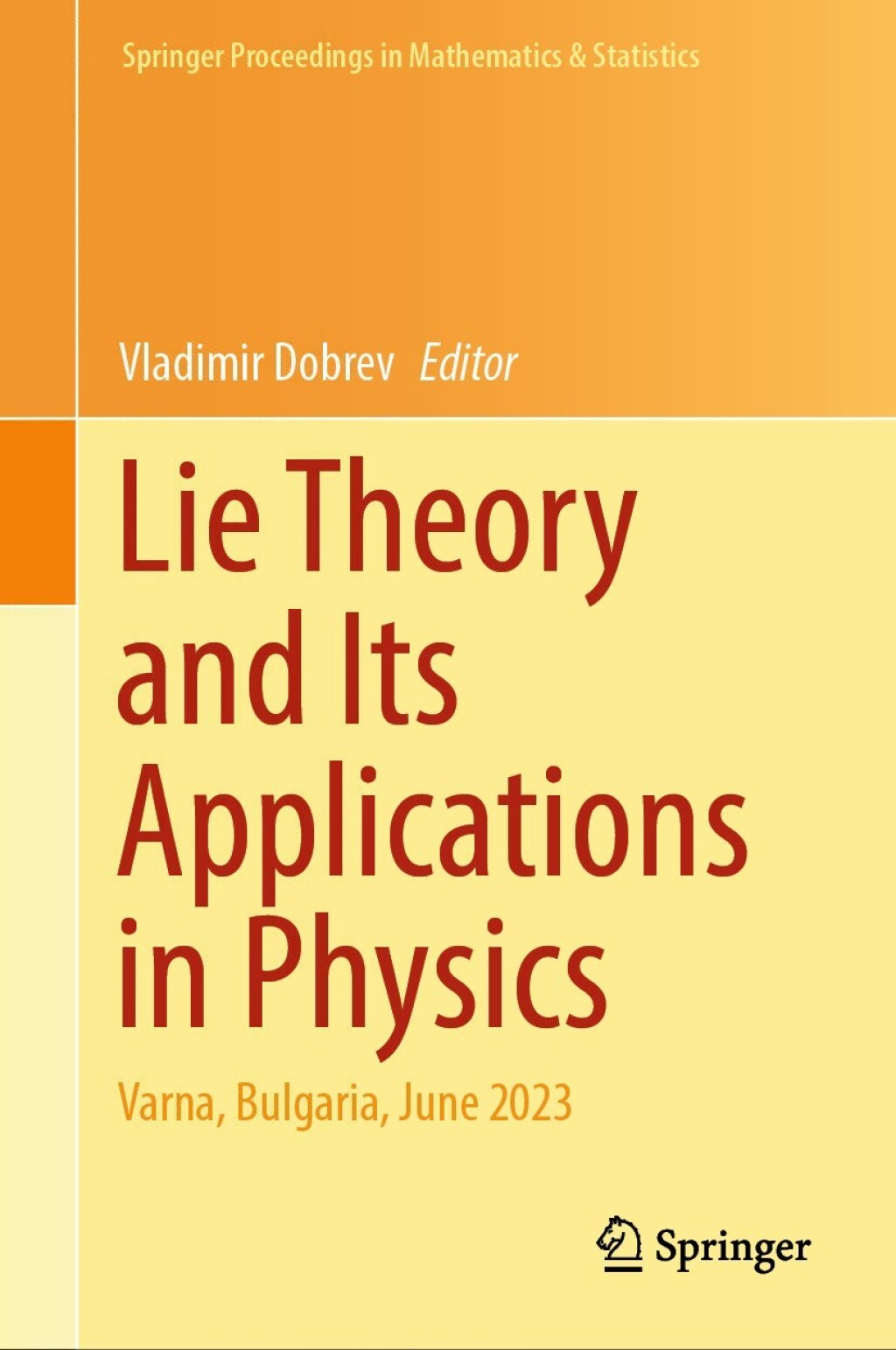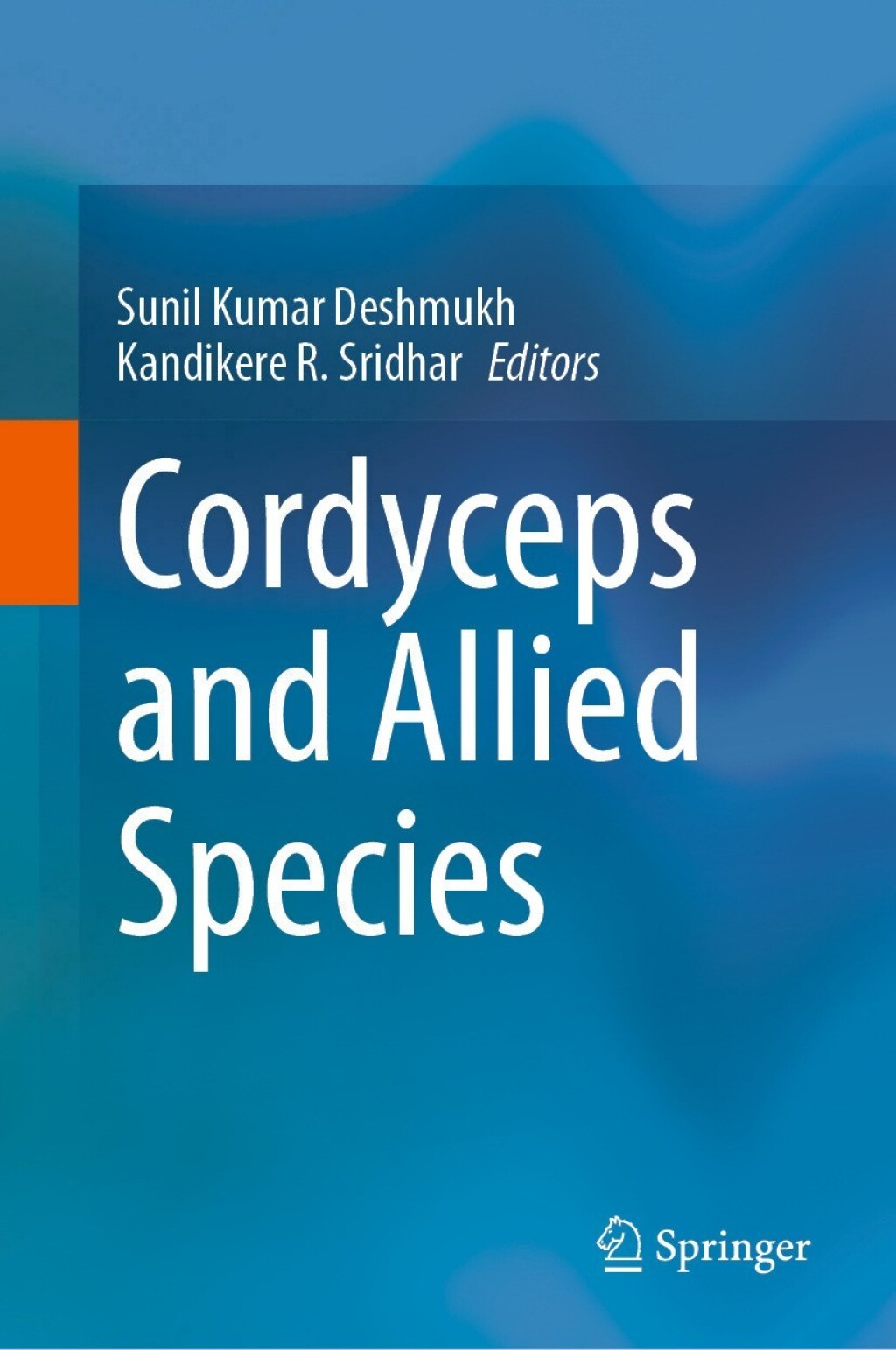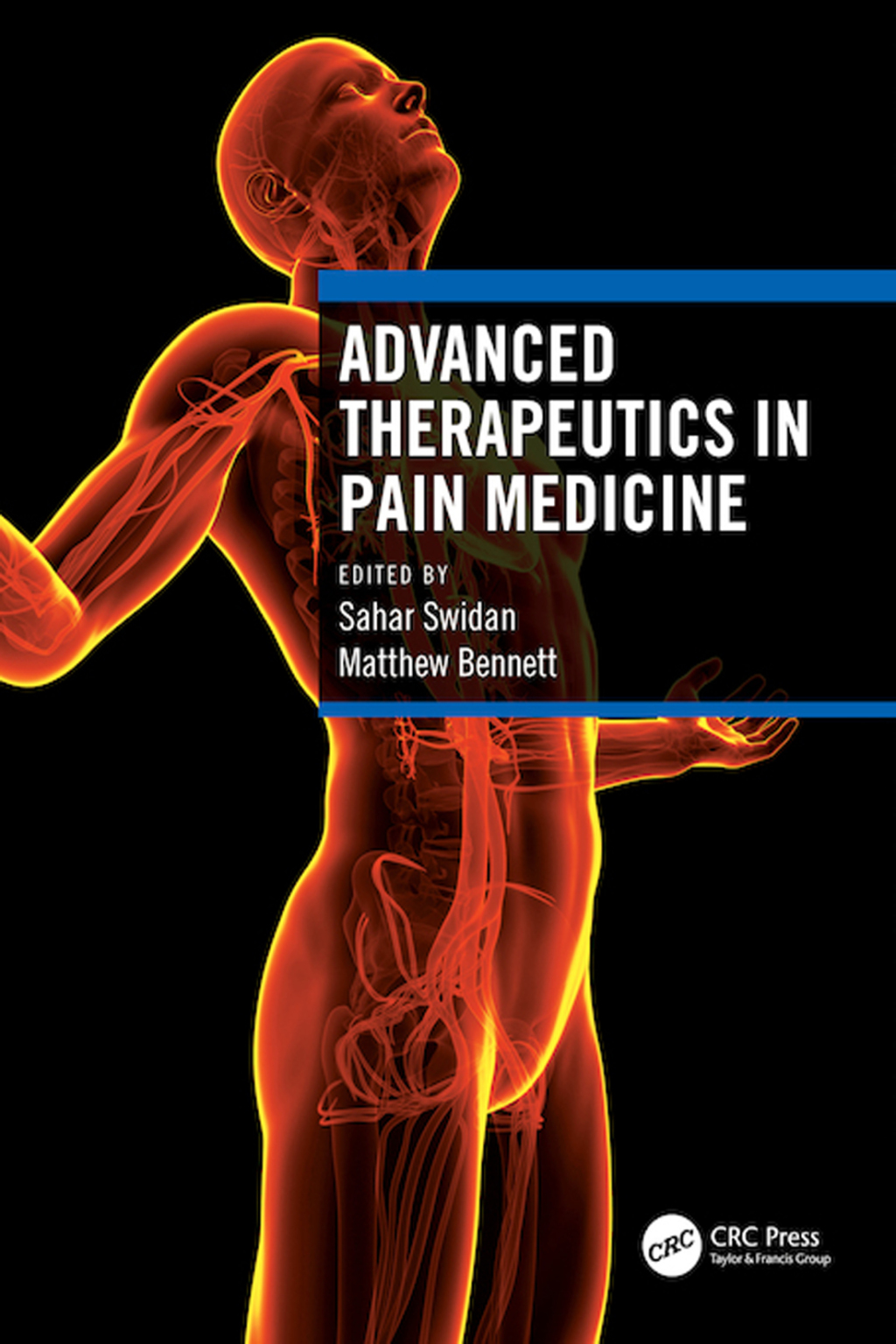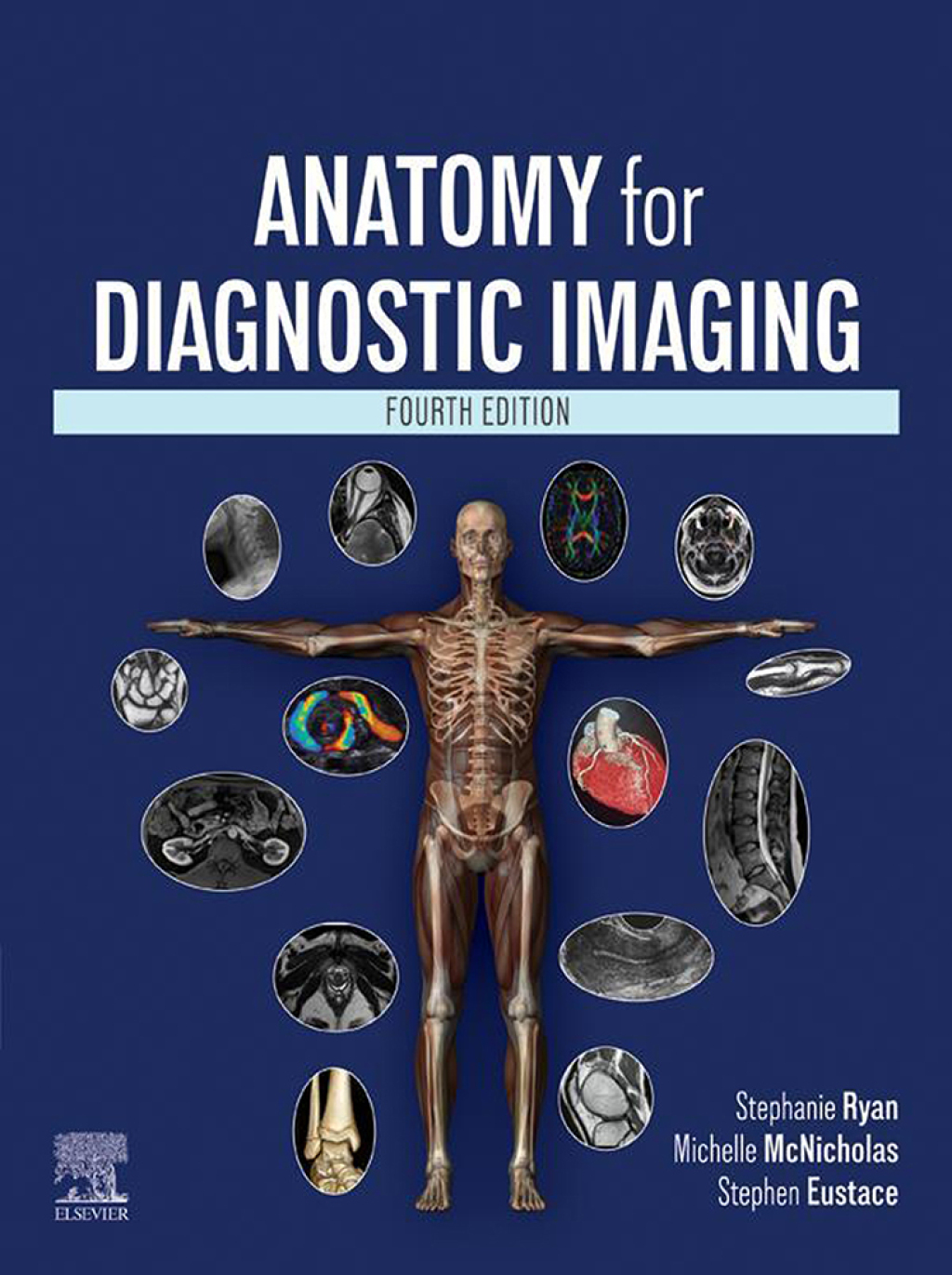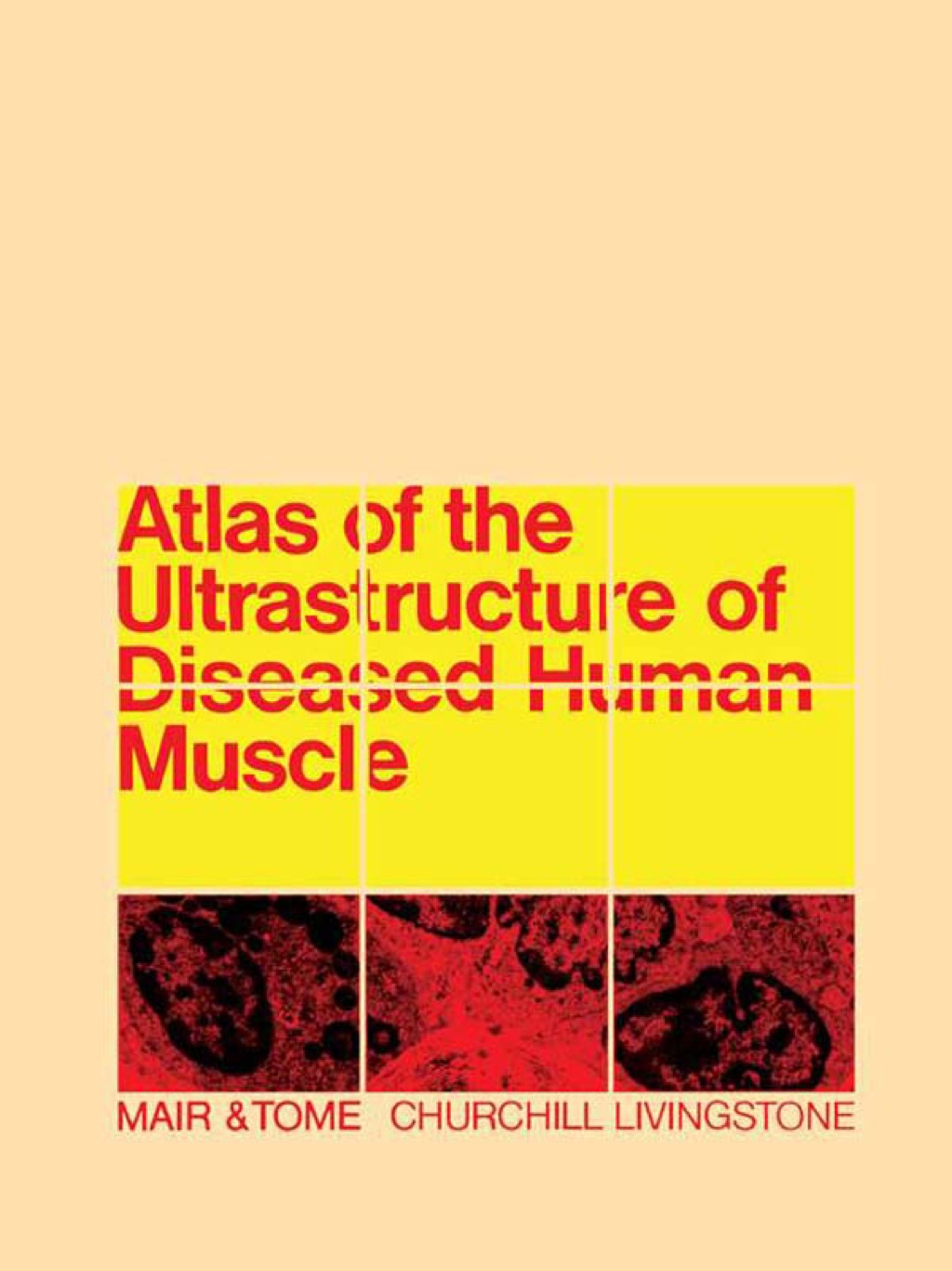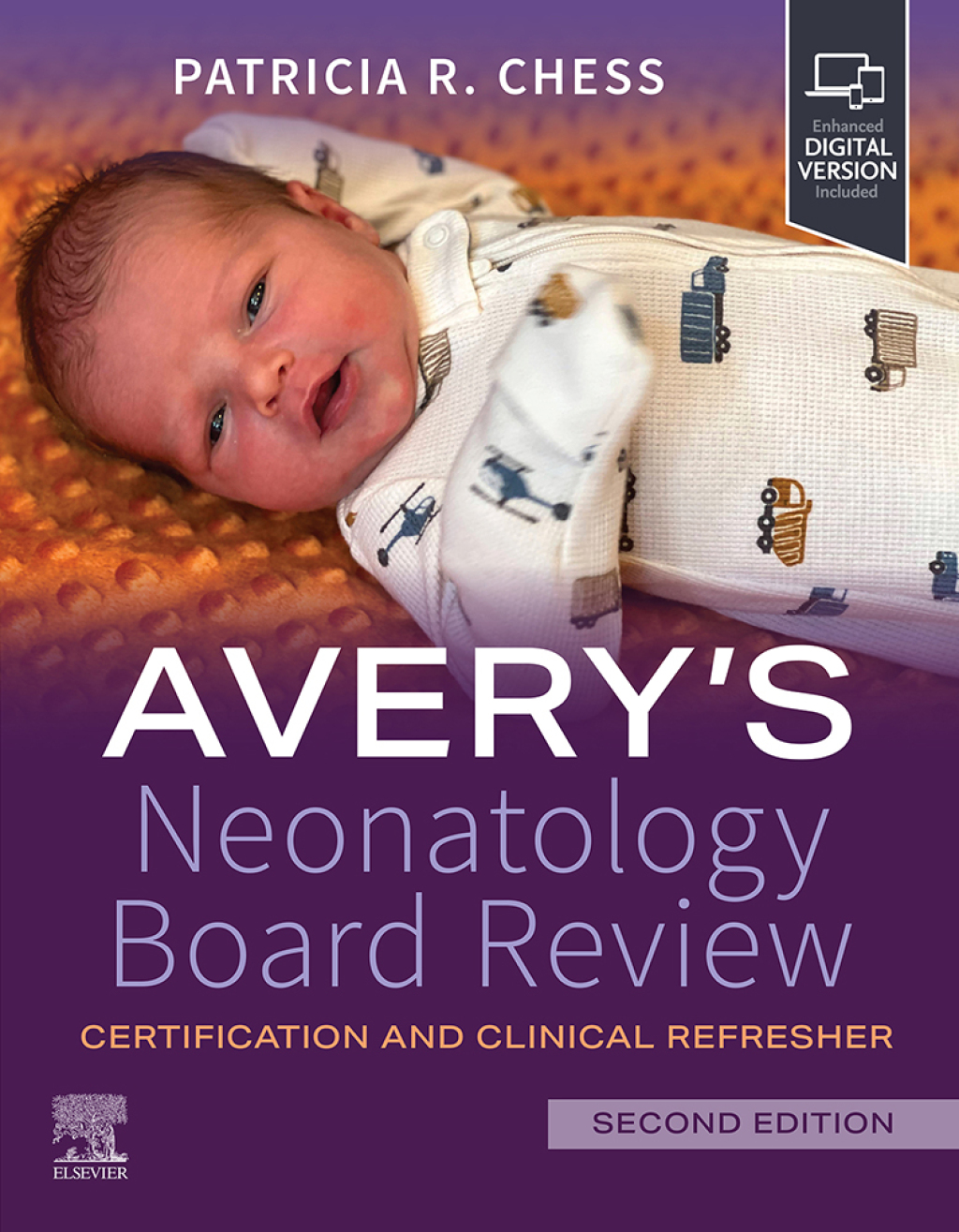This book comprehensively covers all aspects of distribution, taxonomy, life cycle, cultivation, application in traditional medicine, their secondary metabolites, and their biological properties, along with various parameters to yield improvement in selected species of Cordyceps. It covers the history, diversity, ecology, taxonomy, phylogeny, genomics, proteomics, metabolomics, various techniques of cultivation, preservation, significance in human health (traditional remedies, modern therapeutics, bioactive potential and curative potential of lifestyle diseases), industrial significance (pigments, nutraceuticals, cosmeceuticals, bioactive macromolecules, fermentation products, metabolic pathways and industrial products), biocontrol potential, market potential and conservation. This book will also highlight the future directions of application-oriented research and the market potential of this economically important genus. The book is an inclusive complication of all classes of metabolites of Cordyceps that are currently being used or are under development, such as antibacterial, antimycotic, biofilm inhibitors, antivirals, antioxidants, anticancer agents, anti-diabetes, anti-inflammatory, anti-angiogenesis, immunosuppressive and immunomodulatory activity. Biotechnological interventions such as epigenetic modifications, co-culture, OSMAC, CRISPER and chemical mutagenesis would also be addressed. The book has been divided into five to six sections addressing different aspects of the bioprospecting of Cordyceps in the discovery and development of drugs, including biotechnological intervention and analytical methods or approaches.
Cordyceps and Allied Species
Author(s):
Publisher: Springer
ISBN: 9789819763443
Edition:
$39,99
Delivery: This can be downloaded Immediately after purchasing.
Version: Only PDF Version.
Compatible Devices: Can be read on any device (Kindle, NOOK, Android/IOS devices, Windows, MAC)
Quality: High Quality. No missing contents. Printable
Recommended Software: Check here


